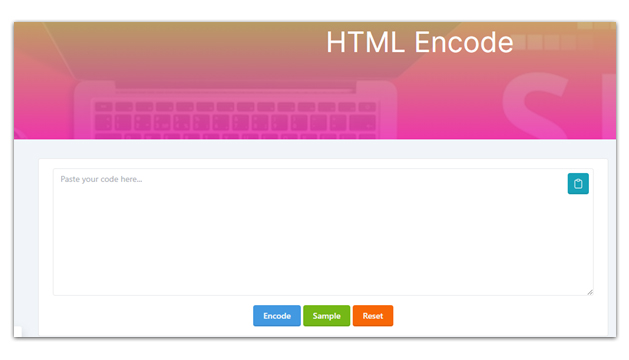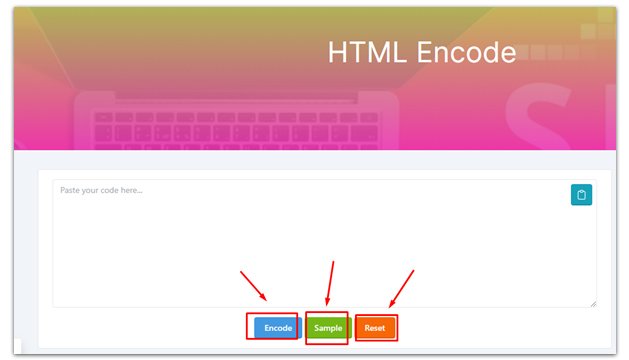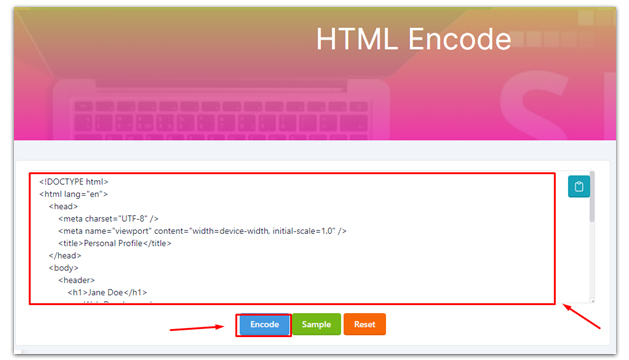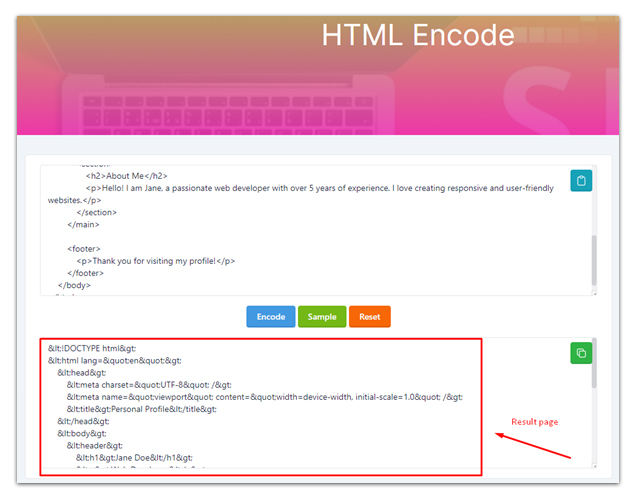
HTML Encode
Best HTML Encode Online Tools
Introduction
Web development is conveyed through intricate HTML documents, the proper handling of special characters is paramount. These characters, including `<`, `>`, and `&`, serve essential roles in the structure and functionality of HTML. However, to prevent these characters from disrupting the presentation or introducing security vulnerabilities, developers employ a crucial technique known as HTML encoding. This process involves transforming special characters into a format that browsers can interpret accurately, safeguarding both the content and the structural integrity of web pages. Here we'll be talking about HTML encoding, its significance, practical applications, and how developers can harness its power to create secure and resilient web experiences.
HTML Encoding: A Shield for Special Characters
HTML encoding is a practice employed by web developers to represent special characters and symbols in a manner that ensures proper rendering in browsers. Special characters, when left unencoded, can interfere with the HTML syntax or pose security risks, especially when user input is involved. By converting these characters into their corresponding HTML entities, developers create a defense mechanism that protects against unintended consequences.
For example, the less-than sign `<` becomes `<`, the greater-than sign `>` becomes `>`, and the ampersand `&` becomes `&`. This transformation ensures that browsers interpret these characters as literal entities rather than HTML code, preserving the content's intended structure and meaning.
The Crucial Role of HTML Encoding
HTML encoding plays a pivotal role in preventing code injection attacks, particularly cross-site scripting (XSS). By encoding user input before rendering it in HTML, developers mitigate the risk of malicious scripts being executed in the context of a web page. HTML documents often contain special characters that hold significance in the HTML syntax. Encoding safeguards against unintended interpretation of these characters, preserving the structural integrity of web pages.
User guide for this tool
If you need to encrypt any data and send to others then you can choose html encoding. This will keep your data safe and secure.
To use this you need to understand the process of using it.
First you will see a very simple and user-friendly interface in our tool like this.

Then you have to enter your data in the empty box.

You will find 3 buttons in the section below. First One is for encoding data. And the last one is to reset the result.

Now enter your data and just press the Encode button.

The result page will appear in the section below.

Copy the result and use it for sending encoded messages.
In Cross-Browser and Safe Handling Compatibility
Different browsers may interpret special characters differently. HTML encoding provides a standardized representation, ensuring consistent rendering across various browsers and platforms. When processing user input, such as form submissions, HTML encoding prevents special characters from being treated as HTML code. This is crucial for maintaining data integrity and security.
Dynamic Content and User Input Handling
In web forms, HTML encoding is employed to neutralize any HTML or script tags that may be submitted by users, preventing potential security vulnerabilities. Web applications that dynamically generate content use HTML encoding to ensure that data containing special characters is accurately displayed without unintended side effects. Also CMS platforms utilize HTML encoding to protect against unintentional code execution and maintain the integrity of the content they manage.
Conclusion
HTML encoding stands as a fundamental practice in web development, providing a robust defense against security threats and ensuring consistent rendering of content across diverse browsers. By adopting HTML encoding, developers can create web pages and applications that not only display content accurately but also protect against potential vulnerabilities associated with special characters. In the ever-evolving digital landscape, understanding and implementing HTML encoding is a crucial skill for building secure, resilient, and user-friendly web experiences.











